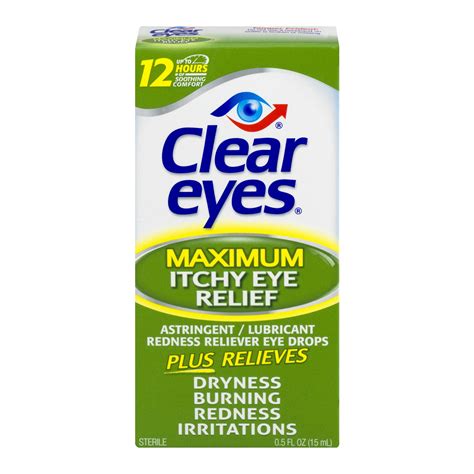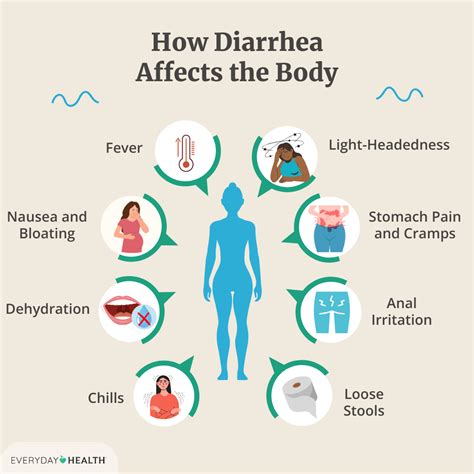The High Deductible Health Plan (HDHP) is a type of health insurance plan that has gained popularity in recent years due to its potential to reduce healthcare costs for individuals and families. In this article, we will delve into the details of HDHPs, exploring their benefits, drawbacks, and suitability for different individuals.
Definition and Key Characteristics
An HDHP is a health insurance plan that has a higher deductible than traditional health insurance plans. The deductible is the amount that the policyholder must pay out-of-pocket for medical expenses before the insurance coverage kicks in. In 2022, the Internal Revenue Service (IRS) defined an HDHP as a plan with a deductible of at least 1,400 for individual coverage and 2,800 for family coverage.
Some key characteristics of HDHPs include:
- Higher deductibles: HDHPs have higher deductibles than traditional health insurance plans, which means that policyholders must pay more out-of-pocket for medical expenses before the insurance coverage begins.
- Lower premiums: HDHPs often have lower premiums than traditional health insurance plans, which can make them more attractive to individuals and families who are looking to save money on healthcare costs.
- Health Savings Account (HSA) eligibility: HDHPs are often paired with HSAs, which are tax-advantaged savings accounts that allow policyholders to set aside money for medical expenses.
Benefits of HDHPs
HDHPs offer several benefits, including:
- Lower premiums: As mentioned earlier, HDHPs often have lower premiums than traditional health insurance plans, which can make them more affordable for individuals and families.
- HSA eligibility: HDHPs are often paired with HSAs, which can provide tax benefits and help policyholders save money for medical expenses.
- Increased transparency: HDHPs can help policyholders become more aware of their healthcare costs and make more informed decisions about their medical care.
- Preventive care coverage: HDHPs are required to cover certain preventive care services, such as annual physicals and screenings, without requiring policyholders to meet their deductible first.
Drawbacks of HDHPs
While HDHPs can be a good option for some individuals and families, they also have some drawbacks, including:
- Higher out-of-pocket costs: HDHPs have higher deductibles, which means that policyholders must pay more out-of-pocket for medical expenses before the insurance coverage kicks in.
- Limited provider networks: Some HDHPs may have limited provider networks, which can restrict policyholders’ access to certain doctors and hospitals.
- Complexity: HDHPs can be more complex than traditional health insurance plans, which can make it harder for policyholders to understand their coverage and make informed decisions about their medical care.
Suitability of HDHPs
HDHPs can be a good option for individuals and families who:
- Are generally healthy: If you are generally healthy and do not have any chronic medical conditions, an HDHP may be a good option for you.
- Want to save money on premiums: If you are looking to save money on healthcare costs, an HDHP may be a good option for you.
- Are willing to take on more financial risk: If you are willing to take on more financial risk and pay higher out-of-pocket costs in exchange for lower premiums, an HDHP may be a good option for you.
On the other hand, HDHPs may not be the best option for individuals and families who:
- Have chronic medical conditions: If you have a chronic medical condition, an HDHP may not be the best option for you, as you may need to pay more out-of-pocket for medical expenses.
- Want more comprehensive coverage: If you want more comprehensive coverage and are willing to pay higher premiums for it, a traditional health insurance plan may be a better option for you.
It's essential to carefully consider your individual circumstances and healthcare needs before deciding whether an HDHP is right for you. You may want to consult with a licensed health insurance agent or broker to determine the best course of action.
Real-World Examples
To illustrate the pros and cons of HDHPs, let’s consider a few real-world examples:
- Example 1: John is a 30-year-old individual who is generally healthy and does not have any chronic medical conditions. He is looking to save money on healthcare costs and is willing to take on more financial risk. An HDHP with a 2,000 deductible and a 300 monthly premium may be a good option for John.
- Example 2: Sarah is a 40-year-old individual who has a chronic medical condition and needs to see her doctor regularly. She is not willing to take on more financial risk and wants more comprehensive coverage. A traditional health insurance plan with a 500 deductible and a 500 monthly premium may be a better option for Sarah.
Conclusion
In conclusion, HDHPs can be a good option for individuals and families who are looking to save money on healthcare costs and are willing to take on more financial risk. However, they may not be the best option for individuals and families who have chronic medical conditions or want more comprehensive coverage. It’s essential to carefully consider your individual circumstances and healthcare needs before deciding whether an HDHP is right for you.
What is the minimum deductible for an HDHP in 2022?
+The minimum deductible for an HDHP in 2022 is $1,400 for individual coverage and $2,800 for family coverage.
Are HDHPs eligible for Health Savings Accounts (HSAs)?
+Yes, HDHPs are eligible for HSAs, which are tax-advantaged savings accounts that allow policyholders to set aside money for medical expenses.
Do HDHPs cover preventive care services?
+Yes, HDHPs are required to cover certain preventive care services, such as annual physicals and screenings, without requiring policyholders to meet their deductible first.
By understanding the benefits and drawbacks of HDHPs and carefully considering your individual circumstances and healthcare needs, you can make an informed decision about whether an HDHP is right for you.



